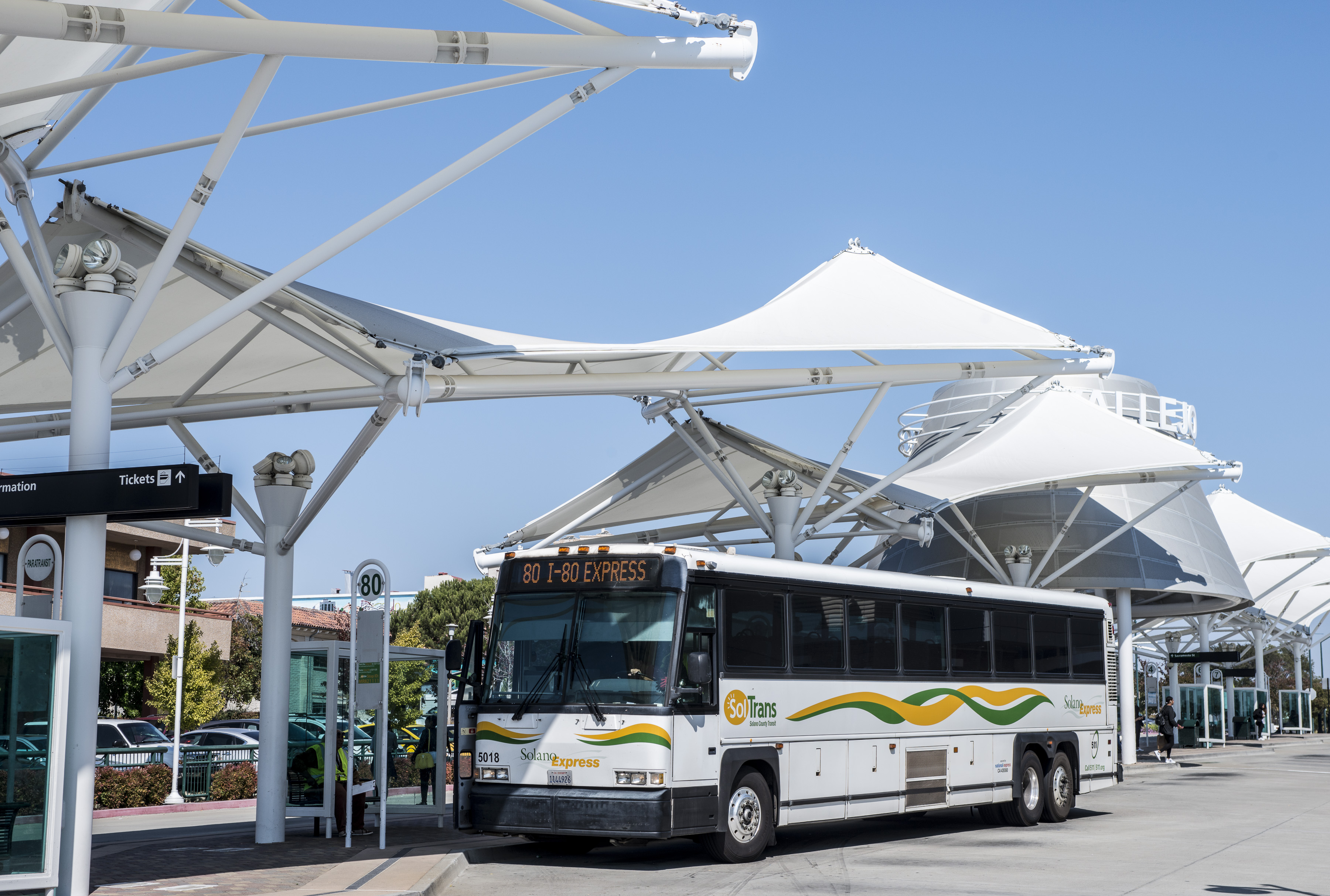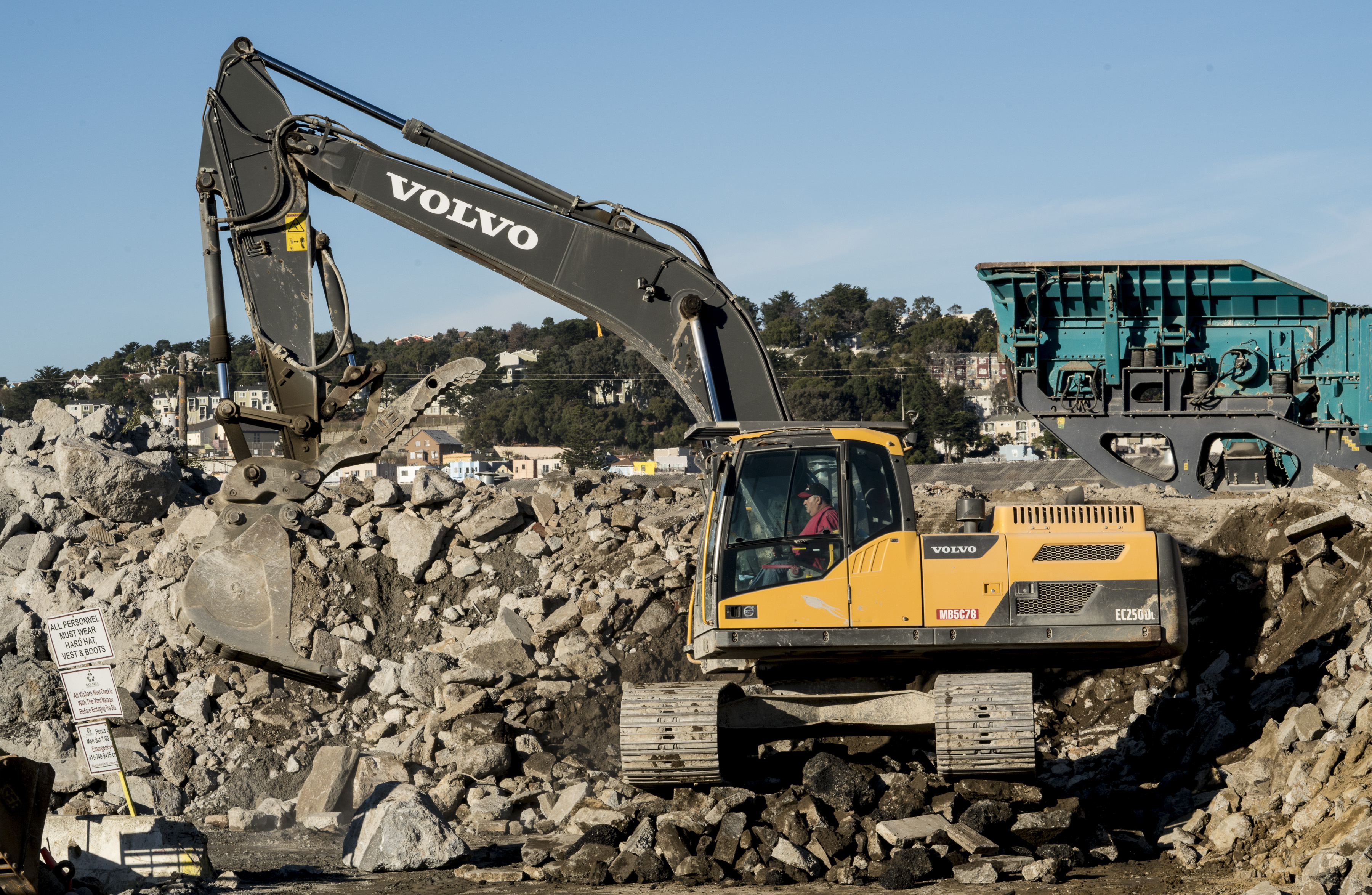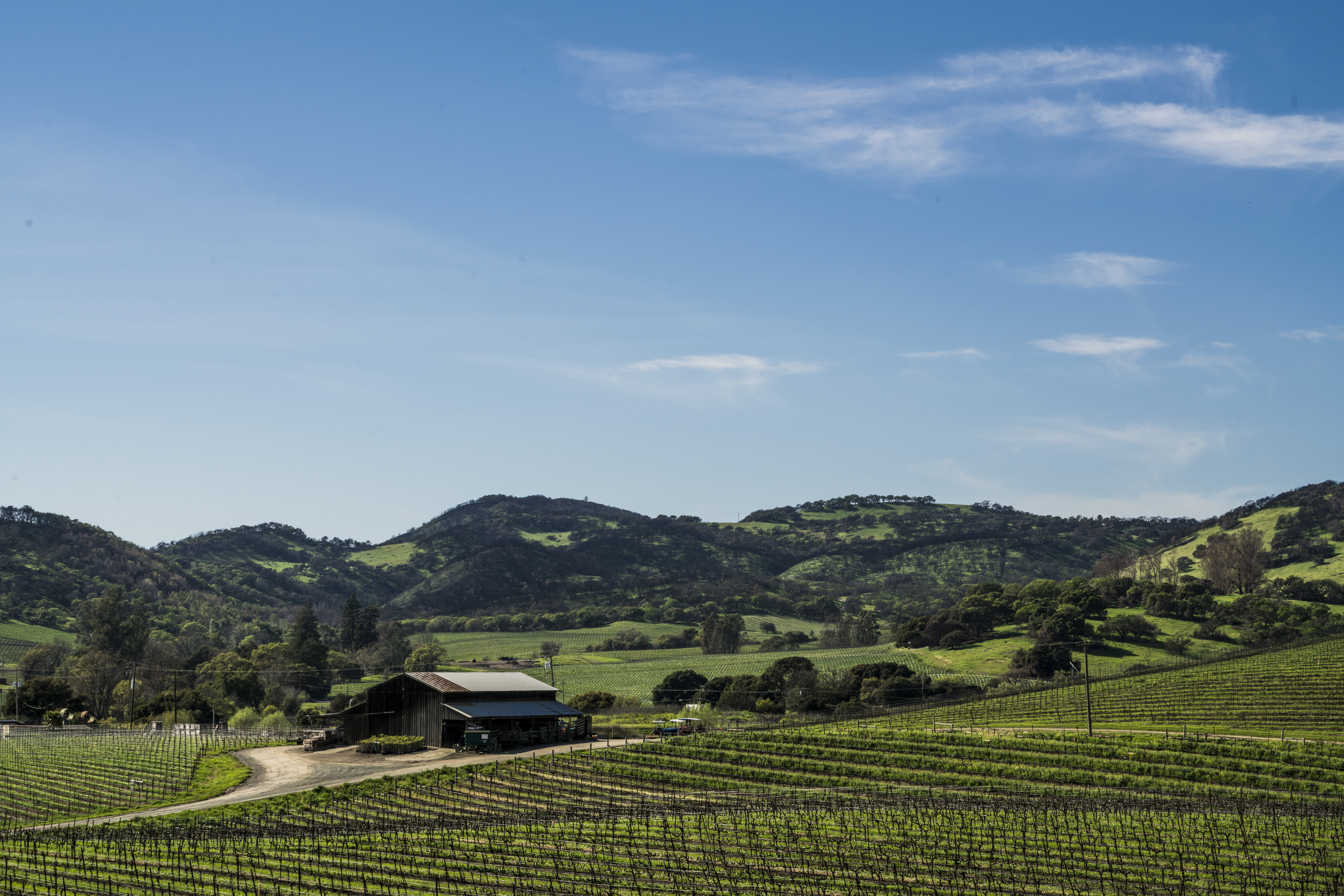Bay Area Regional Climate Action Plan (BARCAP)
This is an opportunity for regional community members to provide feedback on the Bay Area Regional Climate Action Plan (BARCAP) throughout July 2025. The BARCAP is a regional-level plan to move the Bay Area towards carbon neutrality, developed with support from the US Environmental Protection Agency (EPA) Climate Protection Reduction Grant (CPRG) program.
The Air District is coordinating the development of the BARCAP, along with a broad array of Bay Area regional agencies, local governments, community organizations, community energy providers, and technical experts. The BARCAP will be implemented by this rich mix of agencies and organizations that each have unique expertise and authority to implement different actions. The Air District will therefore be one of many implementers of the BARCAP.
The BARCAP is currently in the final phases of development, and we are looking for community feedback on the draft strategies to help finalize the plan.
Below, you can view the draft BARCAP, including the goals, strategies and actions of the five focus areas of the plan.
Share your feedback!
We want to hear your comments, questions, and suggestions! Read through the draft BARCAP below and provide your input!
-
Click anywhere in the document to tell us what you think of the draft plan, including what you like about it, anything you would change, or who else we should connect with.
-
Click on anything with a [?] to answer questions from the Air District.
-
Select a yellow comment bubble
to add your own comment!
The Draft BARCAP is also translated in Mandarin and Spanish. To comment on those drafts please visit:
- Spanish Draft:
- Mandarin Draft:
Summary
HideThis summary section provides a high level summary of each chapter.
Buildings
The commercial and residential sector of the Bay Area Air District’s 2025 greenhouse gas (GHG) inventory
includes direct emissions from homes, commercial businesses, office spaces, places of business, worship, and congregation, entertainment venues, etc., excluding those classified as agricultural and industrial activities.
Transportation
The transportation sector includes on-road vehicles (such as light-duty automobiles and heavy-duty trucks) and off-highway mobile sources (such as locomotives, ships, and aircraft). Greenhouse gas (GHG) emissions from off-road equipment (such as lawn and garden equipment, construction equipment, and agricultural tractors) are included in the inventories for other sectors.
Power
The Power sector includes generation of electricity in the BARCAP region and its associated greenhouse gas (GHG) emissions. It accounted for 13% of regional GHG emissions in 2022 (7.1 million metric tons carbon dioxide equivalent (MMTCO2e)), emitted predominantly from natural gas-fired power plants and cogeneration facilities.
Waste and Materials
The Waste and Materials sector consists of the food, goods, and building materials consumed and discarded in the BARCAP region. The greenhouse gas (GHG) emissions from materials decomposing in the region’s waste management facilities accounted for 4% of regional GHG emissions in 2022 (2.0 million metric tons of carbon dioxide equivalents (MMTCO2e)), with landfills contributing most of these emissions.
Natural and Working Lands
The natural and working lands (NWL) sector includes carbon stocks held in plants and soils in agricultural and forestry lands (working lands) and natural ecosystems like wetlands, forests, and grasslands (natural lands), as well as greenhouse gas (GHG) emissions from agricultural equipment and livestock. The NWL sector is unique as it is the only sector with the potential to be a carbon sink in addition to a GHG emissions source.

 bubble to view comments.
bubble to view comments.




Comments
Close